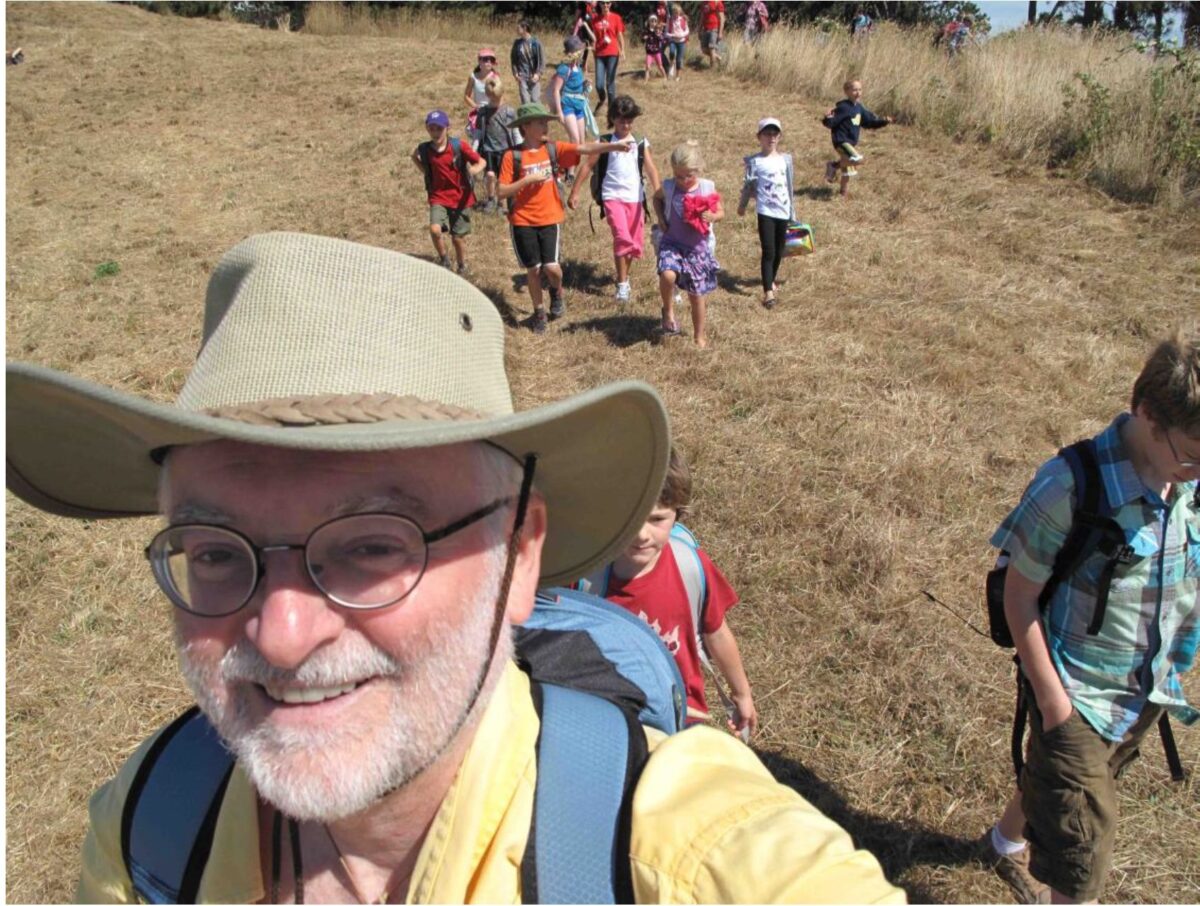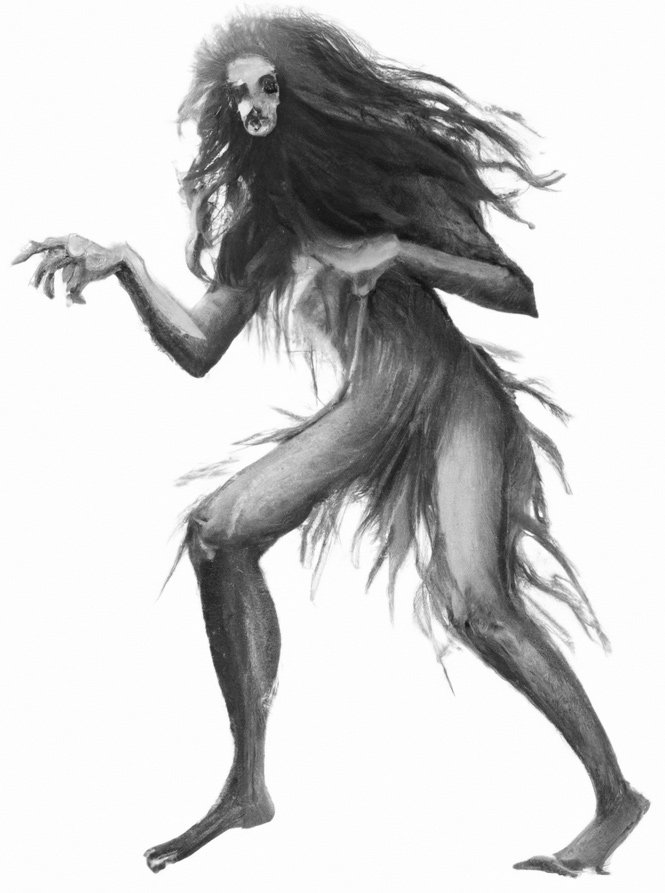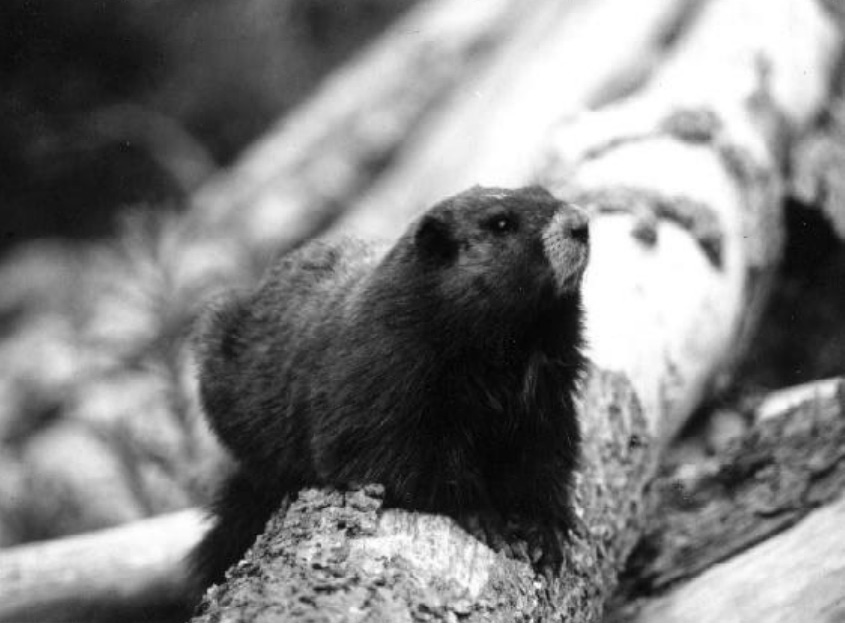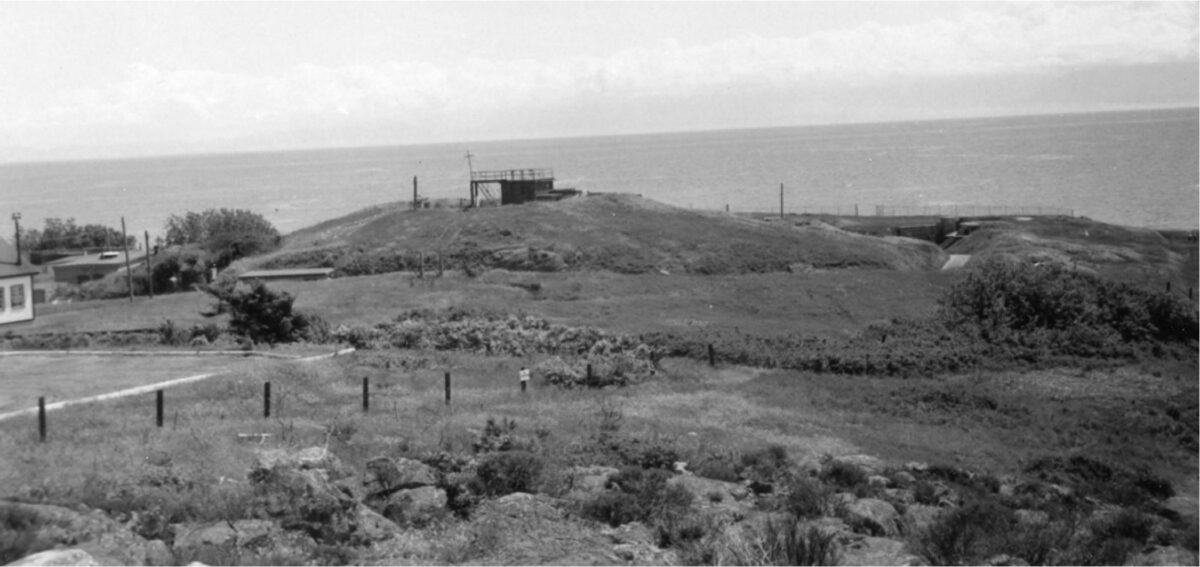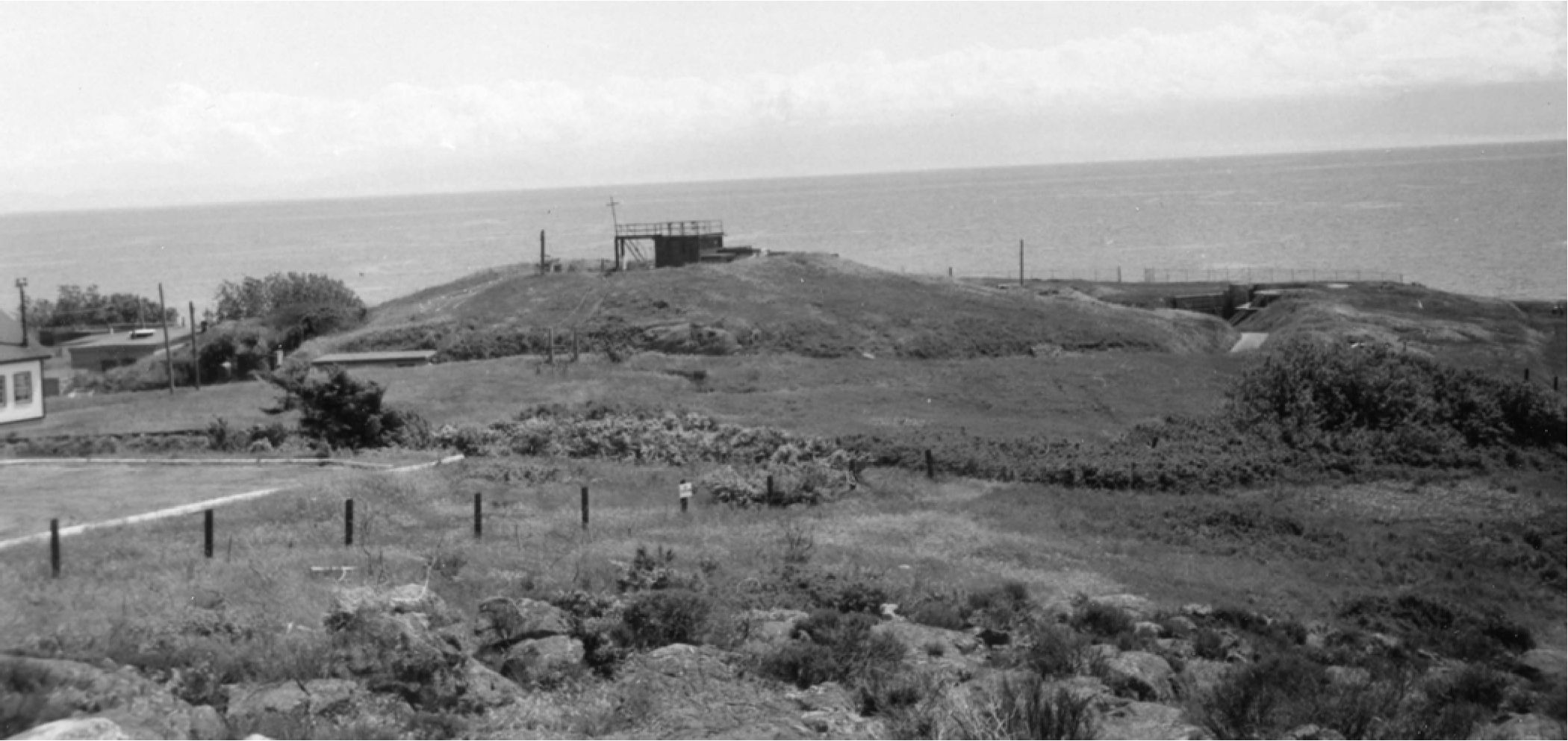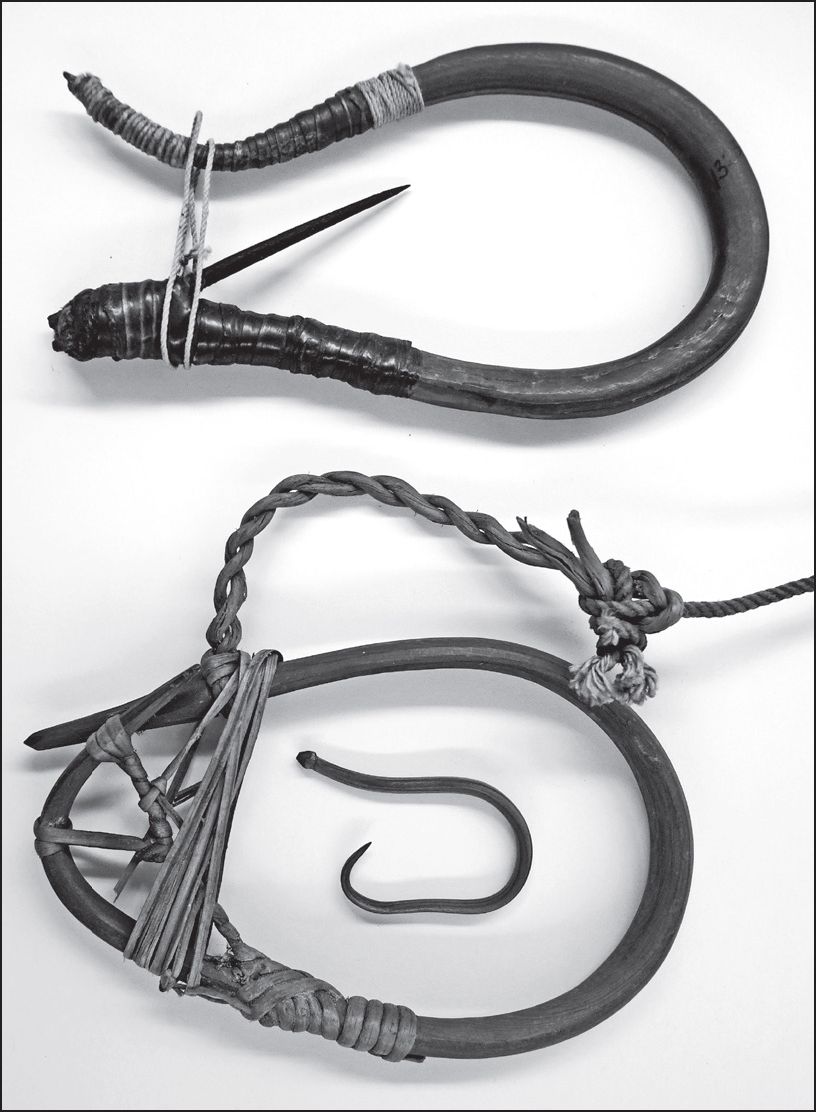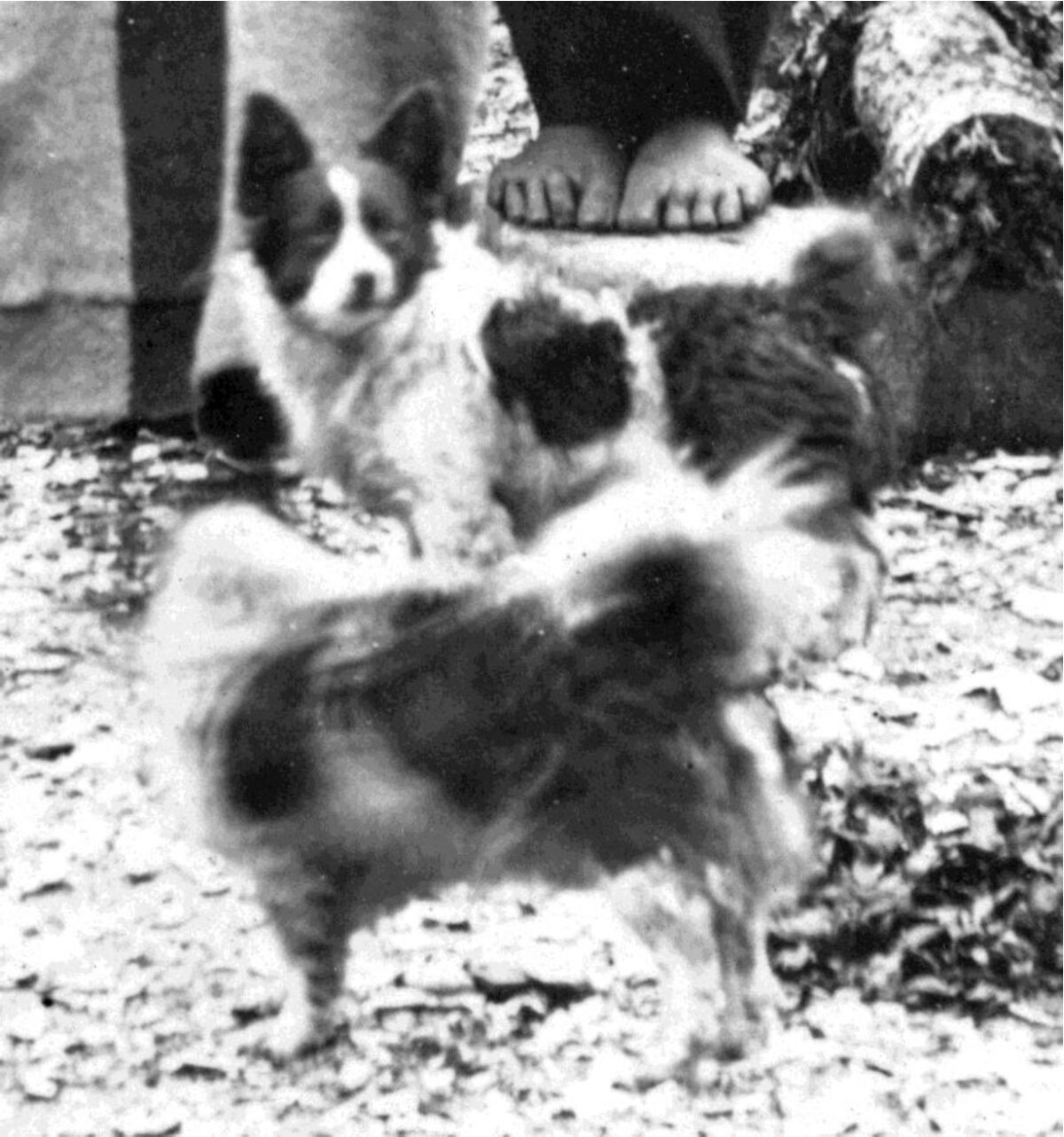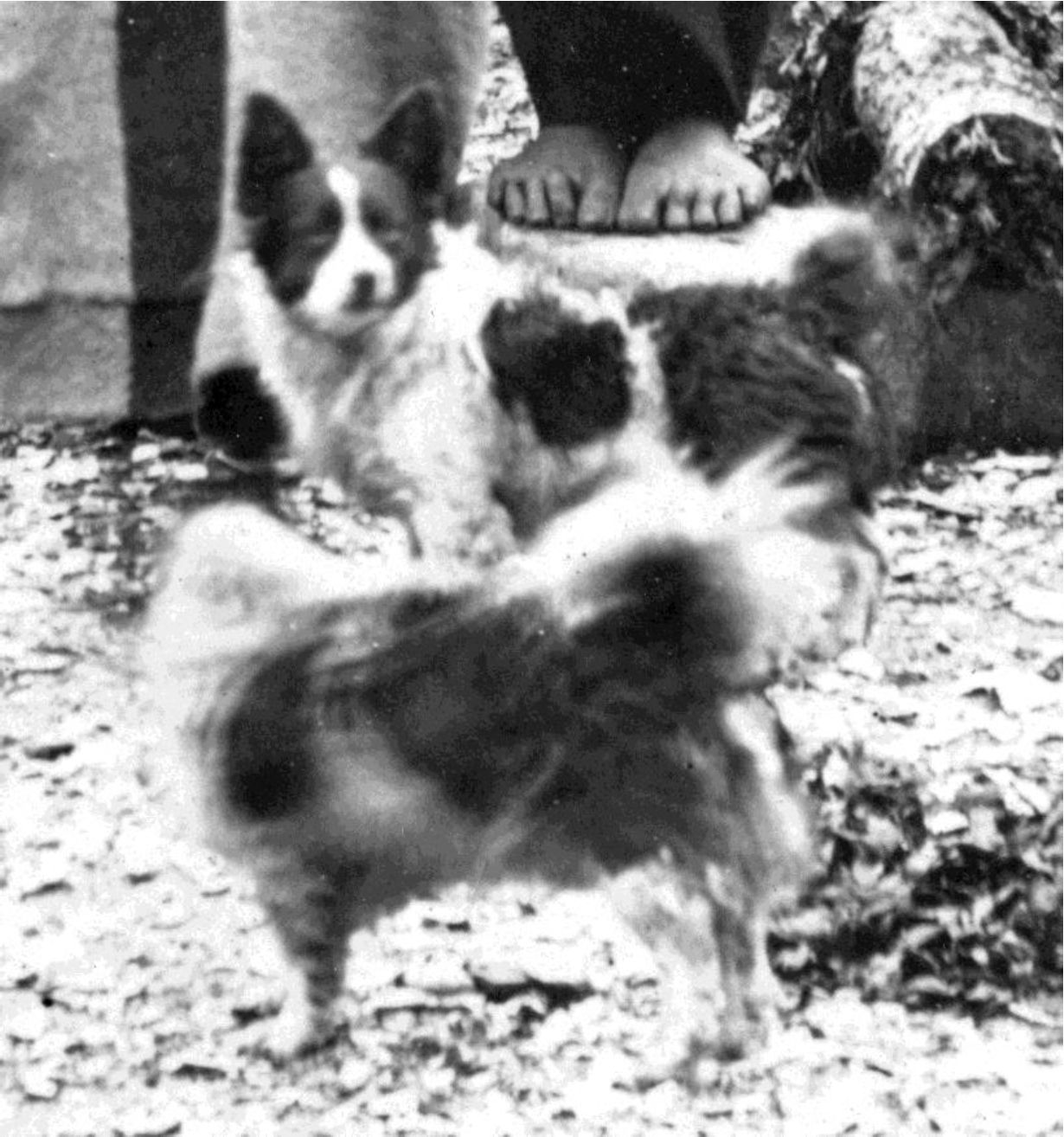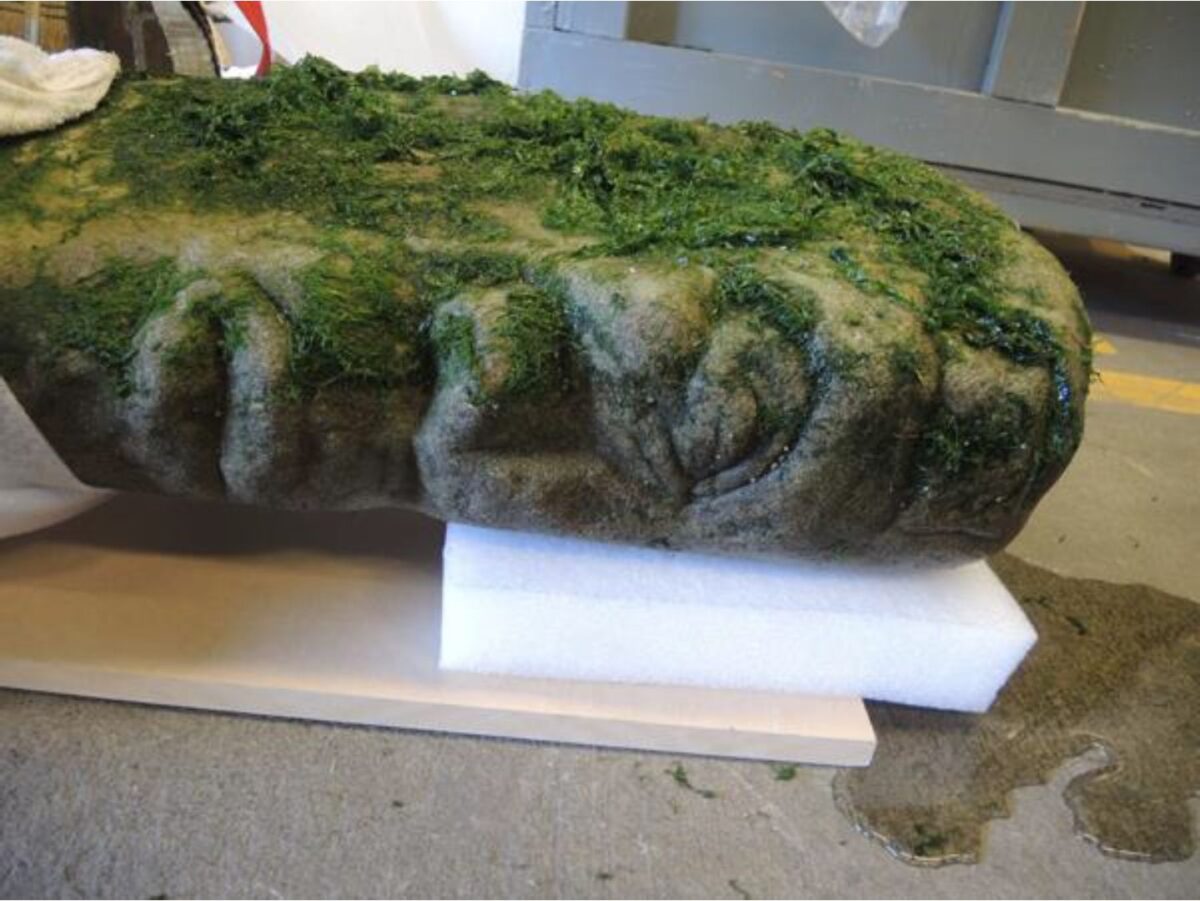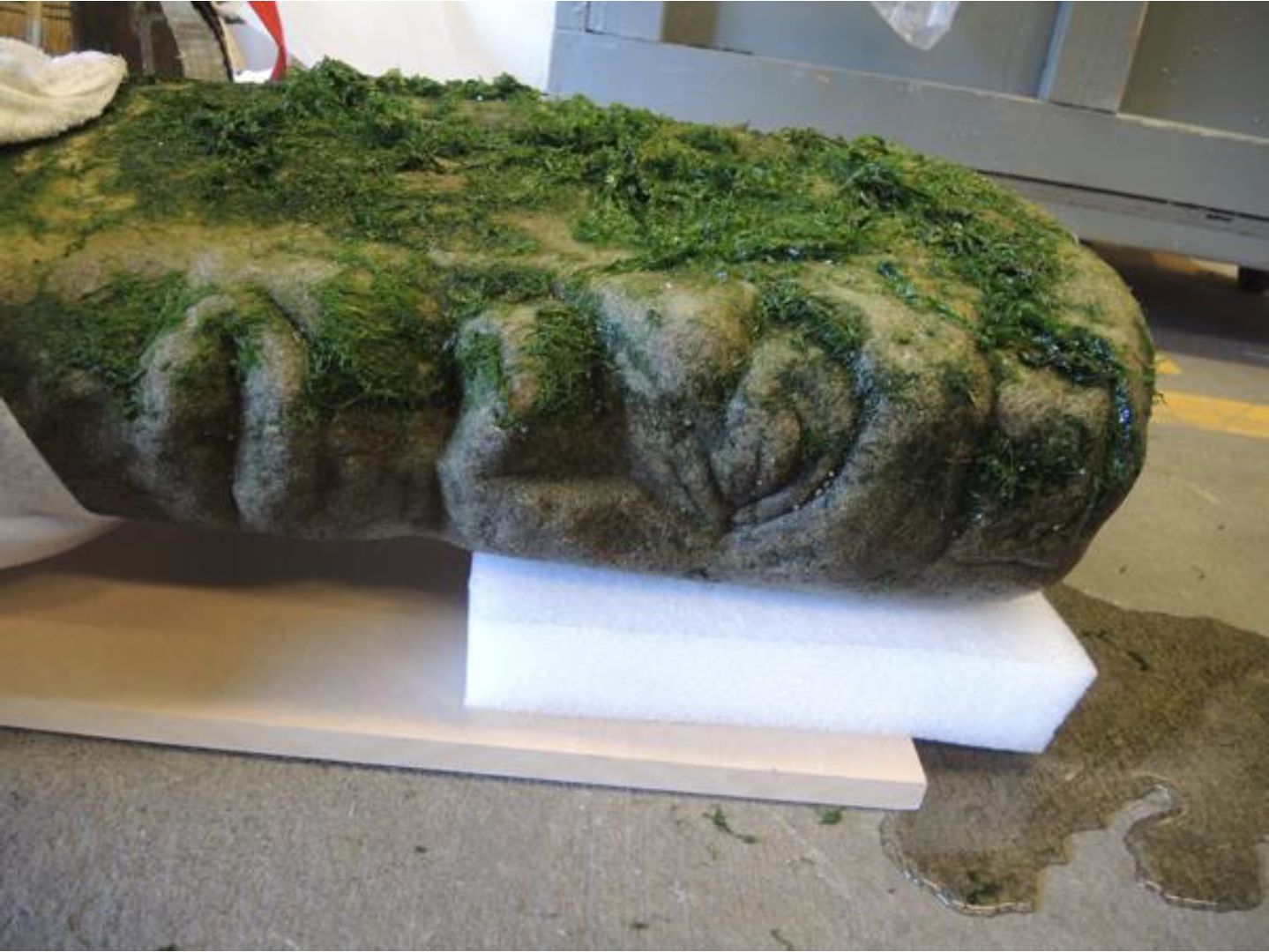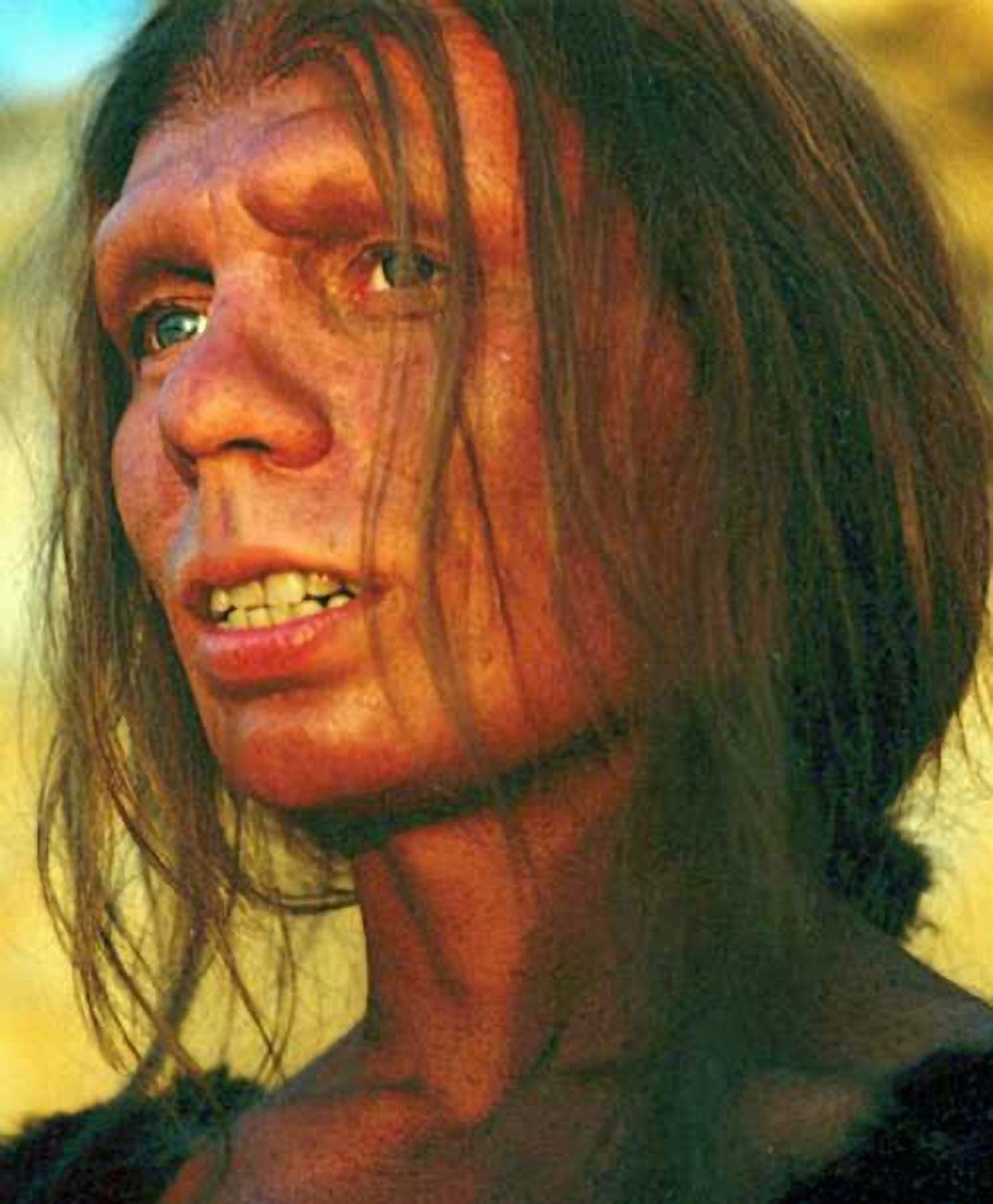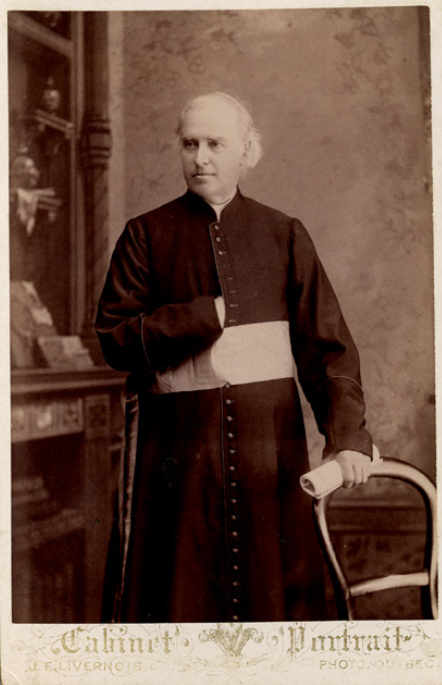
Oct 19, 1999. By Grant Keddie Places are like magnetic beacons on the runway of life. Humans are a product of the symbiotic interaction between mental and biological structures. Humans have developed a network continuum of symbolic features which some call “history”. History in this sense is like an umbilical cord to the world around us. Places provide attachments for the cord. Animals perceive place from the perspective of maintaining their species or individual existence. This involves: (1) a sense of security from injury (physical and psychological); (2) getting food; (3) reproducing (passing on genetic or other information believed to be of value to genetic survival). [One or a combination of the above may supersede the others at any given … Continue reading “Random Thoughts on the Concept of Humans and Place”
